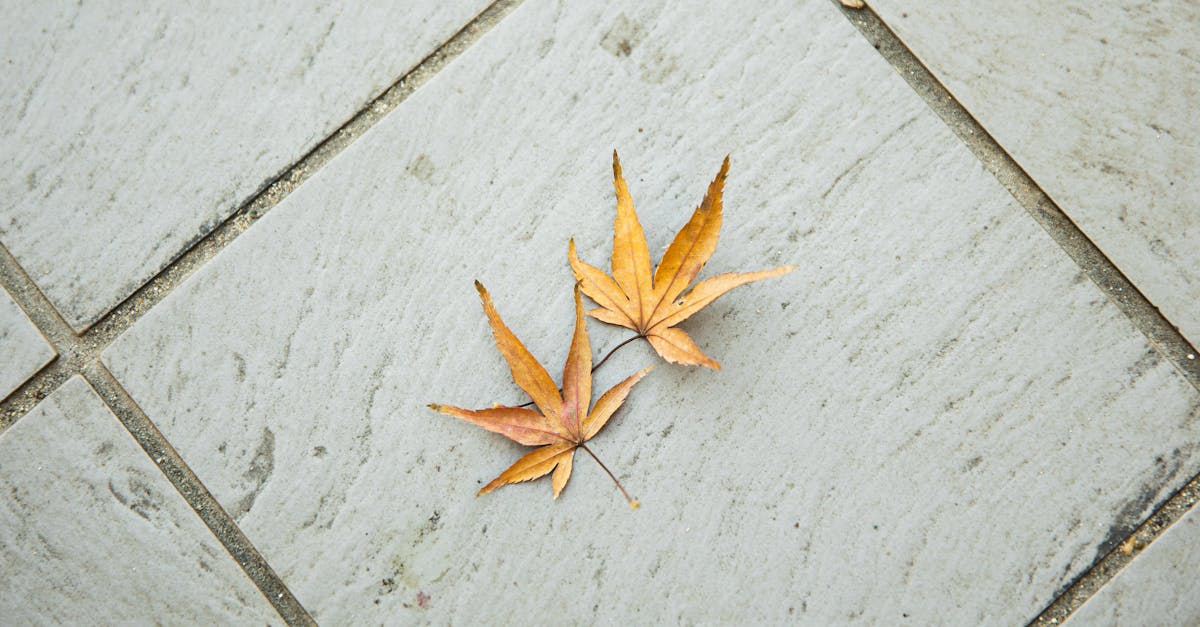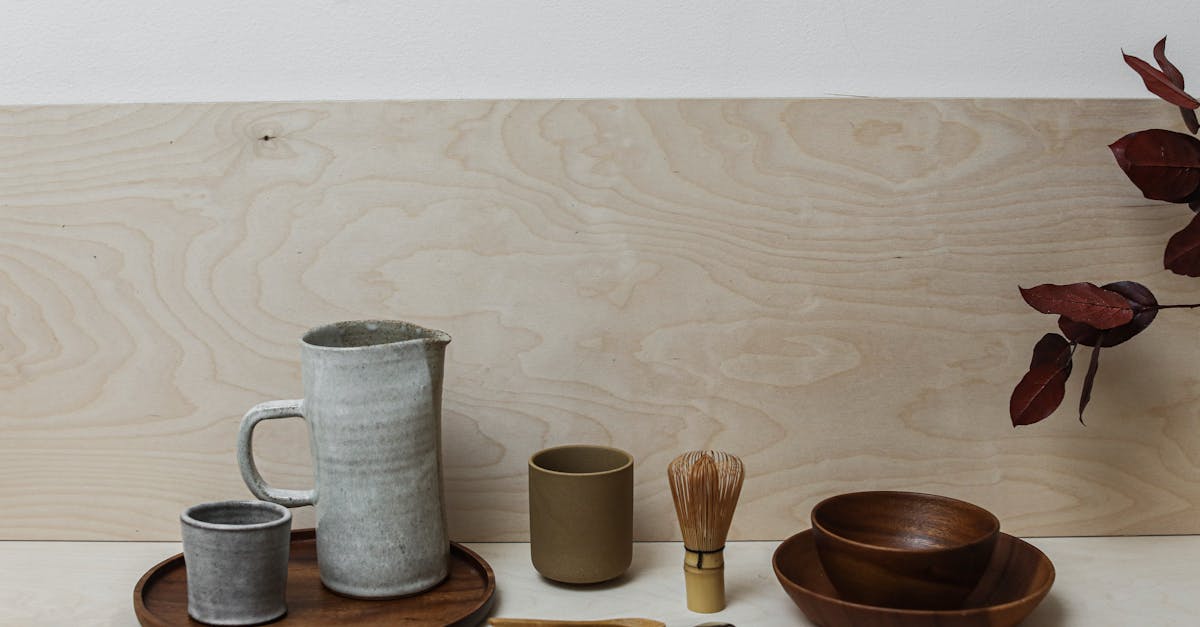This article explores the emerging trend of Wabi-Sabi in painting, a Japanese philosophy that celebrates the beauty of imperfection, impermanence, and incompleteness. Key themes include the appreciation of aesthetic simplicity, where minimal brush strokes and empty spaces evoke emotion. The article highlights the value of natural materials and techniques that embrace unpredictability, allowing for organic and genuine expressions. Furthermore, it delves into how Wabi-Sabi art reflects a deep connection with nature and the fleeting moments that make life meaningful, encouraging a shift from perfectionist ideals to a profound appreciation for the imperfect.
Current Trends in House Painting and Remodeling
In today’s fast-paced world, homeowners are seeking ways to create personalized, inviting spaces within their residences. This quest for improvement has led to exciting trends in painting and remodeling that prioritize aesthetics, functionality, and sustainability. By focusing on the latest innovations, homeowners can transform their living environments into beautiful havens that reflect their unique style.
As colors evolve, many are embracing bold, vibrant shades as well as calming, neutral tones that bring a sense of peace. The trends aren’t just about paint; remodeling trends highlight the importance of open spaces and natural materials that harmonize with the surrounding environment. With contemporary techniques like Wabi-Sabi in art influencing design philosophies, there’s an increasing appreciation for the beauty of imperfection and the charm of aged materials.
In this article, we will explore the exciting world of current trends in house painting and remodeling, shedding light on popular colors, innovative materials, and techniques that elevate home aesthetics and functionality.

| Feature | Details |
|---|---|
| Aesthetic Simplicity | Focuses on minimal brush strokes and empty spaces to evoke emotion. |
| Embracing Imperfection | Valuing cracks and irregularities as beauty, showcasing natural aging. |
| Natural Materials | Utilizes organic elements such as wood and clay to highlight their inherent qualities. |
| Appreciation of Transience | Captures fleeting moments and stages of growth, decay, or transformation. |
| Harmony with Nature | Depicts landscapes and organic forms, emphasizing interconnectedness with the environment. |
Current Trends in House Painting and Remodeling
Homeowners are increasingly focusing on creating stylish and functional living spaces that reflect their personalities and lifestyles. A significant aspect of this trend involves painting and remodeling homes. With countless colors, techniques, and innovative materials available, knowledge of current trends in this domain is essential for anyone looking to enhance their living spaces. In this article, we will explore the most prominent trends in house painting and renovations, emphasizing popular colors, application techniques, and noteworthy materials making waves in the market.
Popular Color Schemes
Choosing the right color palette is a crucial aspect of home remodeling. Color trends tend to evolve over time, influenced by cultural shifts, societal changes, and design innovations. Here are some of the most popular color schemes that are currently dominating the market:
- Earthy Tones: Shades such as terracotta, sage green, and soft browns create warm and inviting atmospheres. These colors enhance natural elements in interior design, offering a sense of tranquility and modernity.
- Bold Accents: While neutral colors dominate the base of many homes, bold pops of colors like navy blue or emerald green are gaining popularity for accent walls and trims. This tactic not only adds character but also creates focal points that draw in the eye.
- Classic Whites: White remains a timeless choice for both interiors and exteriors. Crisp white walls create a clean canvas that can be paired with any decor style, making it a versatile option for the modern homeowner.
- Soft Pastels: Soft pastels are perfect for creating serene environments. Colors like blush pink, light lavender, and pale blue can evoke feelings of calmness and are especially popular in bedrooms and bathrooms.
Techniques for Application
In addition to choosing colors, the technique of application plays a vital role in achieving a polished end result. Here are some modern application techniques gaining traction among homeowners:
- Ombre Painting: Ombre effects are characterized by a gradual transition from one color to another. This trendy technique adds depth and character to walls, creating stunning visual contrasts perfect for modern spaces.
- Textured Finishes: Using textures such as faux finishes or stucco can bring a unique, tactile quality to walls. Techniques like sponging, rag rolling, or using a comb can create varied textures, giving walls added interest while showcasing creativity.
- Geometric Patterns: Incorporating geometric shapes through stenciling or painter’s tape can transform a simple wall into a striking feature. This technique is especially effective in children’s rooms or play areas, where whimsy and fun are the focus.
Innovative Materials
The continuous evolution of materials available for painting and remodeling enhances not only the aesthetic appeal of homes but also their longevity and functionality. Here are some materials that have caught the eyes of homeowners and designers alike:
- Eco-Friendly Paints: Many homeowners are prioritizing sustainability, opting for low-VOC and zero-VOC paints that minimize harmful emissions. These paints are increasingly available in a wide array of colors, making it easy to paint responsibly.
- Washable Paint: Ideal for homes with children or pets, washable paints allow for easy cleaning without compromising color quality. This long-lasting option combines practical maintenance with aesthetic appeal.
- Smart Paint: Advances in technology have led to the development of smart paints that can change color based on temperature or light. These innovative products offer unique ways to personalize spaces while enhancing the overall ambiance.
Wabi-Sabi: Embracing Imperfection
One of the most intriguing trends in the current painting and remodeling landscape is the Wabi-Sabi philosophy, which honors the beauty of imperfection and impermanence. This Japanese aesthetic celebrates simplicity and organic forms, encouraging homeowners to incorporate elements that reflect these values:
- Natural Materials: Embracing raw, unrefined materials such as reclaimed wood or stone not only connects to the earth but also brings historical narratives into modern interiors.
- Imperfect Finishes: Choosing finishes that reveal wear and authenticity can tell a story, reminding us that beauty can be found in things that show the passage of time.
Creating Cohesive Spaces
A successful remodel seeks to create a cohesive and harmonious environment that resonates with the inhabitants. Here are some tips for ensuring that painting and remodeling efforts work together effectively:
- Linking Colors: Utilize shades across different rooms to create flow throughout the home. Ensure that adjacent spaces complement one another, using color theory to evoke different moods while maintaining consistency.
- Material Coordination: When selecting materials for floors, cabinetry, and furniture, consider how each material’s texture and color interact. This creates a unified look that enhances the home’s overall aesthetic.
Conclusion on Painting and Remodeling Trends
Staying informed about current trends in house painting and remodeling can significantly impact aesthetic appeal, livability, and the overall atmosphere of a home. As preferences evolve, homeowners have an opportunity to creatively express themselves through thoughtful choices in colors, application techniques, and innovative materials. With versatility and sustainability at the forefront, the future of home design is undoubtedly bright and filled with possibilities.

Transform Your Home with Our Expert Painting and Remodeling Services!
Enhance the beauty and functionality of your living space with our professional touch. Enjoy a seamless experience, from initial consultation to the final brushstroke, ensuring every detail reflects your vision. Don’t wait to bring your dream home to life!
Current Trends in House Painting and Remodeling
Trendy Color Palettes
- Earthy Tones: Shades like terracotta, olive green, and sandy beige are gaining popularity as they bring warmth and comfort to a space.
- Bold Accents: Adding a splash of bold colors like navy blue or emerald green as accent walls enhances the overall aesthetic while maintaining a sophisticated look.
- Soft Pastels: Colors like lavender, mint, and blush are perfect for creating a serene atmosphere, particularly in bedrooms and living areas.
Innovative Painting Techniques
- Wabi-Sabi Style: This technique embraces imperfection and natural textures, focusing on simplicity and the beauty of aging materials.
- Ombre Effects: This modern technique involves blending several shades from dark to light, adding depth and visual interest to walls.
- Two-Tone Painting: Utilizing two complementary colors at different heights creates an engaging visual dynamic in a room.
Materials and Finishes
- Nontoxic Paints: More homeowners are opting for eco-friendly, nontoxic paints that are safer for the environment and indoor air quality.
- Textured Finishes: Adding texture through unique paint finishes can enhance the sensory experience of a room, creating an inviting atmosphere.
Spaces and Functionality
- Open Concept Layouts: Many remodeling projects are incorporating open spaces to enhance flow and connectivity between different areas of the home.
- Outdoor Living Areas: Transforming outdoor spaces into functional areas with seating and decorative elements encourages outdoor gatherings.
Frequently asked questions
Glossary of Key Terms Related to Current Trends in House Painting and Remodeling
- Wabi-Sabi
- A Japanese aesthetic philosophy that embraces the beauty of imperfection, impermanence, and the natural cycle of decay.
- Minimalism
- A design and art movement that prioritizes simplicity, using fewer elements to create a focused and tranquil space.
- Color Palette
- A selection of colors used in design or artwork that harmonizes and enhances the overall aesthetic of a space.
- Eco-Friendly Materials
- Building or decorating materials that are sustainable and have minimal impact on the environment, such as reclaimed wood or non-toxic paints.
- Accent Wall
- A wall that is painted a different color or pattern than the others in a room, intended to create a focal point and add visual interest.
- Texture
- The surface quality of a material that can be seen or felt, often used in painting and remodeling to add depth and dimension to spaces.
- Pop of Color
- A bold or striking color used sparingly in a space to create a focal point or to enliven a primarily neutral color scheme.
- Natural Light
- The illumination that comes from sunlight, which can significantly affect the ambiance and mood of a space when considered in design.
- Open Concept
- A design layout that allows for a seamless flow between different areas of a home, removing walls to create a more spacious feel.
Embracing Imperfection through the Wabi-Sabi trend in painting highlights the significance of finding beauty in transience and asymmetry. By adopting this philosophy, one can appreciate the natural materials and unique textures that define each piece of art, celebrating the beauty that comes with age and wear. This approach encourages the integration of simple, unadorned elements into one’s space, fostering a deeper connection with the environment and inviting contemplation. Motivating homeowners to incorporate the Wabi-Sabi aesthetic can transform their living spaces, making them not just visually appealing, but also rich with meaning and harmony.
Understanding the Wabi-Sabi Aesthetic
Wabi-Sabi is a captivating philosophy celebrating the beauty of imperfection and transience. Incorporating this aesthetic into your home can create a serene and inviting atmosphere. Here are some practical recommendations to help you embrace the Wabi-Sabi trend in your painting projects.
Choosing the Right Colors
- Earthy Tones: Opt for natural colors like greens, browns, and soft grays to evoke a sense of connection with nature.
- Subtle Shades: Utilize muted colors to create a calming effect, allowing imperfections to stand out.
- Accent with Deep Hues: Use deeper colors sparingly to highlight specific areas in a room, creating a balance with the overall muted palette.
Adopting Minimal Techniques
When applying paint, embracing simplicity is key. Focus on the following techniques:
- Minimal Strokes: Use fewer brush strokes to create an impression of simplicity and tranquility.
- Empty Spaces: Leave spaces unpainted to invite contemplation and highlight the beauty in emptiness.
- Patching Techniques: Deliberately paint over areas with imperfections to create depth and character.
Incorporating Natural Materials
Enhance the Wabi-Sabi effect by using natural materials in your projects:
- Texture: Experiment with textured tools like sponges and rags to add layers and organic feel to your painting.
- Natural Brushes: Use bamboo or other traditional brushes to apply paint, emphasizing craftsmanship.
- Handmade Canvas: Consider using handmade or recycled materials for a unique touch that reflects the beauty of imperfection.
Transform Your Space Today!
Unleash the potential of your home with our expert painting and remodeling services. Whether you’re looking to refresh your walls or completely transform your living space, our team is here to help. Experience the difference of personalized service and top-quality materials that will elevate your home and bring your vision to life.
Sophia Torres is the creative mind behind the most dazzling transformations at TS Painting & Restoration. With a strong background in interior design and a deep passion for tropical color palettes, she has helped hundreds of clients revitalize their spaces into vibrant and inviting environments. Born in Colombia and raised in Florida, Sophia brings a unique perspective to her work, blending Latin American influences with modern design trends.
Sophia’s vision of color goes beyond the conventional. She is known for her ability to create bold and unexpected combinations that reflect Florida’s natural beauty. Her focus on color psychology and strategic use of tones allows her to transform any environment, making each project a showcase of her clients’ personal style. On her blog, she shares practical tips on how to choose colors that not only beautify but also enhance emotional well-being and create harmony in the home.
When not working, Sophia enjoys exploring art galleries, experimenting with DIY projects, and finding inspiration in Florida’s lush landscapes. For her, design isn’t just about aesthetics; it’s about creating spaces that tell a story, reflect the identity of those who live there, and evoke positive emotions. At TS Painting & Restoration, Sophia is committed to helping homeowners discover how colors can transform their homes into true havens of tranquility and beauty.


